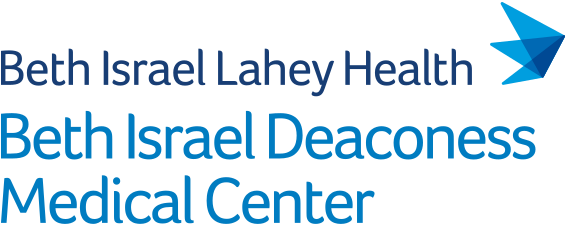OBJECTIVE: To determine the effects of intensive blood pressure treatment on orthostatic hypertension.
DESIGN: Systematic review and individual participant data meta-analysis.
DATA SOURCES: MEDLINE, Embase, and Cochrane CENTRAL databases through 13 November 2023.
INCLUSION CRITERIA: Population: ≥500 adults, age ≥18 years with hypertension or elevated blood pressure; intervention: randomized trials of more intensive antihypertensive drug treatment (lower blood pressure goal or active agent) with duration ≥6 months; control: less intensive antihypertensive drug treatment (higher blood pressure goal or placebo); outcome: measured standing blood pressure.
MAIN OUTCOMES: Orthostatic hypertension, defined as an increase in systolic blood pressure ≥20 mm Hg or diastolic blood pressure ≥10 mm Hg after changing from sitting to standing.
DATA SYNTHESIS: Two investigators independently abstracted articles. Individual participant data from nine trials identified during the systematic review were appended together as a single dataset.
RESULTS: Of 31 124 participants with 315 497 standing blood pressure assessments, 9% had orthostatic hypotension (that is, a drop in blood pressure after standing of systolic ≥20 mm Hg or diastolic ≥10 mm Hg), 17% had orthostatic hypertension, and 3.2% had both a rise in systolic blood pressure and standing blood pressure ≥140 mm Hg at baseline. The effects of more intensive treatment were similar across trials with odds ratios for orthostatic hypertension ranging from 0.85 to 1.08 (I2=38.0%). During follow-up, 17% of patients assigned to more intensive treatment had orthostatic hypertension, whereas 19% of those assigned less intensive treatment had orthostatic hypertension. Compared with less intensive treatment, the risk of orthostatic hypertension was lower with more intensive blood pressure treatment (odds ratio 0.93, 95% confidence interval 0.90 to 0.96). Effects were greater among non-black versus black adults (odds ratio 0.86 v 0.97; P for interaction=0.003) and adults without diabetes versus those with diabetes (0.88 v 0.96; P for interaction=0.05) but did not differ by age ≥75 years, sex, baseline seated blood pressure ≥130/≥80 mm Hg, obesity, stage 3 kidney disease, stroke, cardiovascular disease, standing systolic blood pressure ≥140 mm Hg, or pre-randomization orthostatic hypertension (P for interactions ≥0.05).
CONCLUSIONS: In this pooled cohort of adults with elevated blood pressure or hypertension, orthostatic hypertension was common and more intensive blood pressure treatment modestly reduced the occurrence of orthostatic hypertension. These findings suggest that approaches generally used for seated hypertension may also prevent hypertension on standing.
STUDY REGISTRATION: Prospero CRD42020153753 (original proposal).
